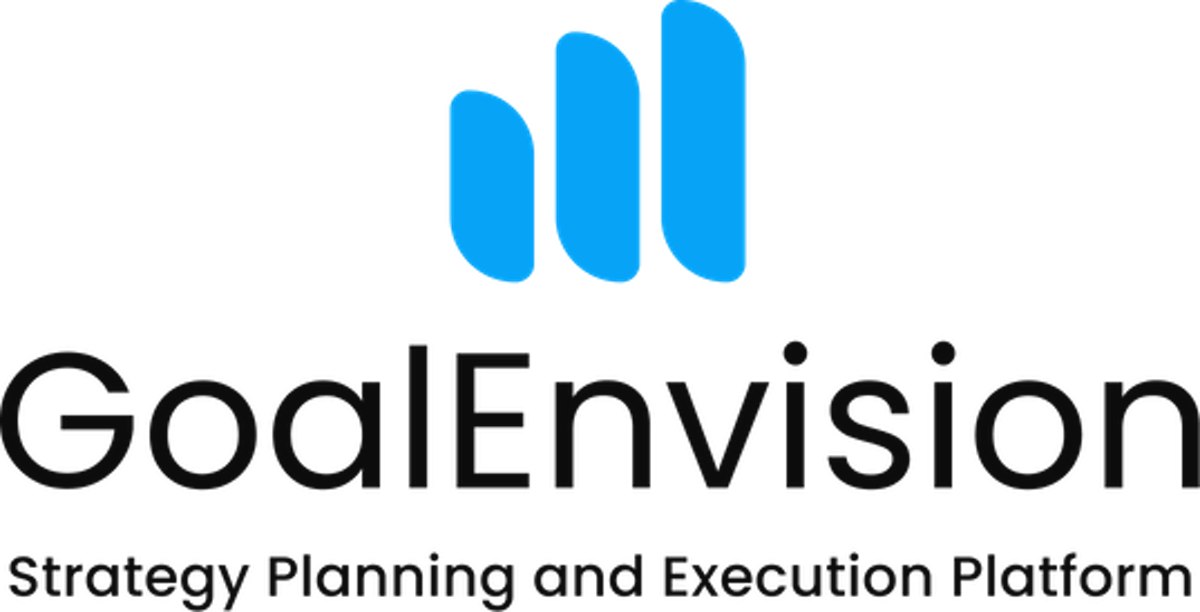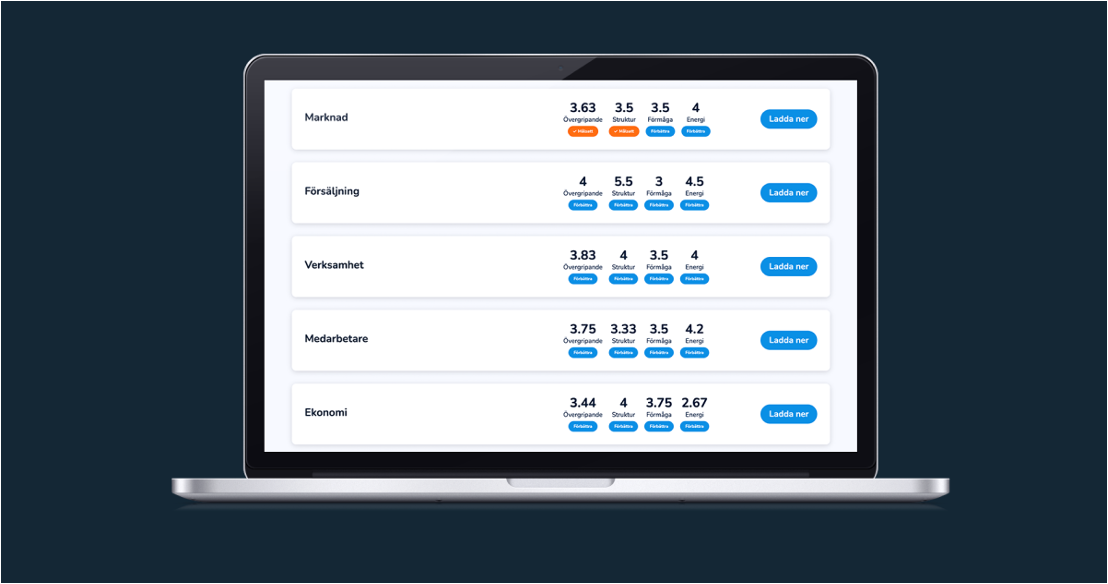Team motivation and engagement: Differences and strategies for leaders
Share this article
Creating a work environment where employees are both motivated and engaged is a key task for every leader. But what exactly is the difference between motivation and engagement, and how can you as a leader best foster these in your team? Let's dive into these questions and explore strategies to maximise your team's potential.
The difference between motivation and engagement
Motivation is about the driving force behind performing a task. There are two main types of motivation:
External motivation: driven by external rewards such as bonuses, pay rises or recognition.
Internal motivation: driven by intrinsic satisfaction, such as feeling competent, valued or working on something you are passionate about.
Engagement, on the other hand, is about the feeling of being involved and dedicated to your work and workplace. Engaged employees are often more productive, innovative and loyal.
Building engagement through strategic goals
Building engagement in a team requires employees to feel that their work is meaningful and contributes to something bigger. This is where the company's values, vision and mission play a key role.
Values and vision
A clear and inspiring vision can act as a powerful internal driver. It is the leader's job to communicate this vision in a way that makes every employee feel part of the journey.
Mission statement and strategic goals
Breaking down the company's overall goals into concrete, strategic goals makes it easier for employees to understand how their work contributes to the company's success. This creates a sense of coherence and purpose, which is key to both motivation and engagement.
Creating the conditions for motivation
Instead of trying to motivate employees directly, leaders should focus on creating the right conditions for motivation. Here are some concrete strategies:
1. Ensure clear expectations and direction
A lack of clarity around what is expected can lead to confusion and reduced motivation. Use tools like GoalEnvision to create clear goals and track progress.
2. Provide employees with the necessary resources
Make sure your team has access to the right tools, training and support. Without these basics, it's hard to keep them motivated.
3. Promote skills development
Invest in employees' skills development. When employees feel they are developing and learning new skills, their intrinsic motivation and engagement increases.
4. Encourage autonomy
Give employees the freedom to decide how they want to perform their tasks. This increases their sense of ownership and responsibility.
5. Recognise and reward progress
Recognition for work well done can be a powerful motivator. It doesn't always have to be in the form of big bonuses, but can also be through public praise or other forms of appreciation.
From motivation to engagement
Motivation is often a prerequisite for engagement, but they are not interchangeable. An engaged team is not only motivated to achieve its goals, but is also emotionally invested in the success of the company. This engagement is created by the leader:
- Communicates a clear vision and mission statement.
- Setting realistic and inspiring goals.
- Providing the resources and support that employees need to succeed.
- Builds a company culture that values and recognises the contribution of each individual.
By focusing on these aspects, you as a leader can not only motivate your team, but also create a long-lasting commitment that drives the company forward.
To effectively implement these strategies, you can use digital tools such as GoalEnvision, which helps to plan, implement and monitor goals in a structured way. This ensures that all employees are on the same page and working towards the same vision.
Understanding and working with both motivation and engagement is key to creating a high-performing team that not only achieves its goals, but also thrives and grows together.
Tools and methods
In addition to GoalEnvision, there are several other tools and methods that can help measure and improve motivation and engagement. Use regular feedback systems where employees can share their thoughts and ideas anonymously. Conduct regular surveys to capture employees' feelings and opinions about the work environment. Team building activities can also be very effective in strengthening relationships and increasing engagement.
Long-term strategy
Integrating motivation and engagement strategies into your company's long-term plan is crucial to creating a sustainable company culture. Make sure these strategies are not just temporary initiatives, but part of the company's core values and vision. Create a long-term plan that includes regular monitoring, evaluation and adjustment of your strategies to ensure they continue to be effective.
Share this article
Did you like this article? Here is more...
Latest




